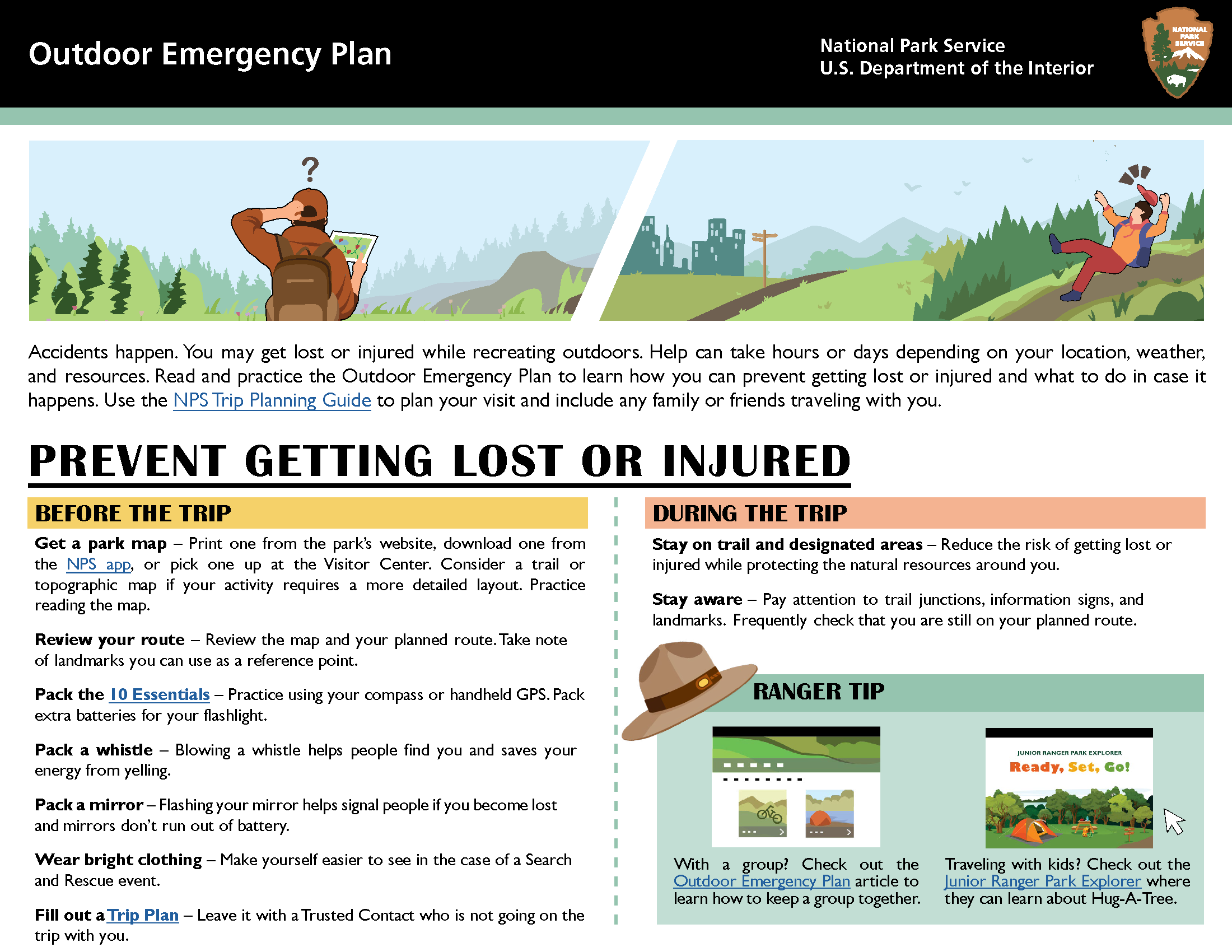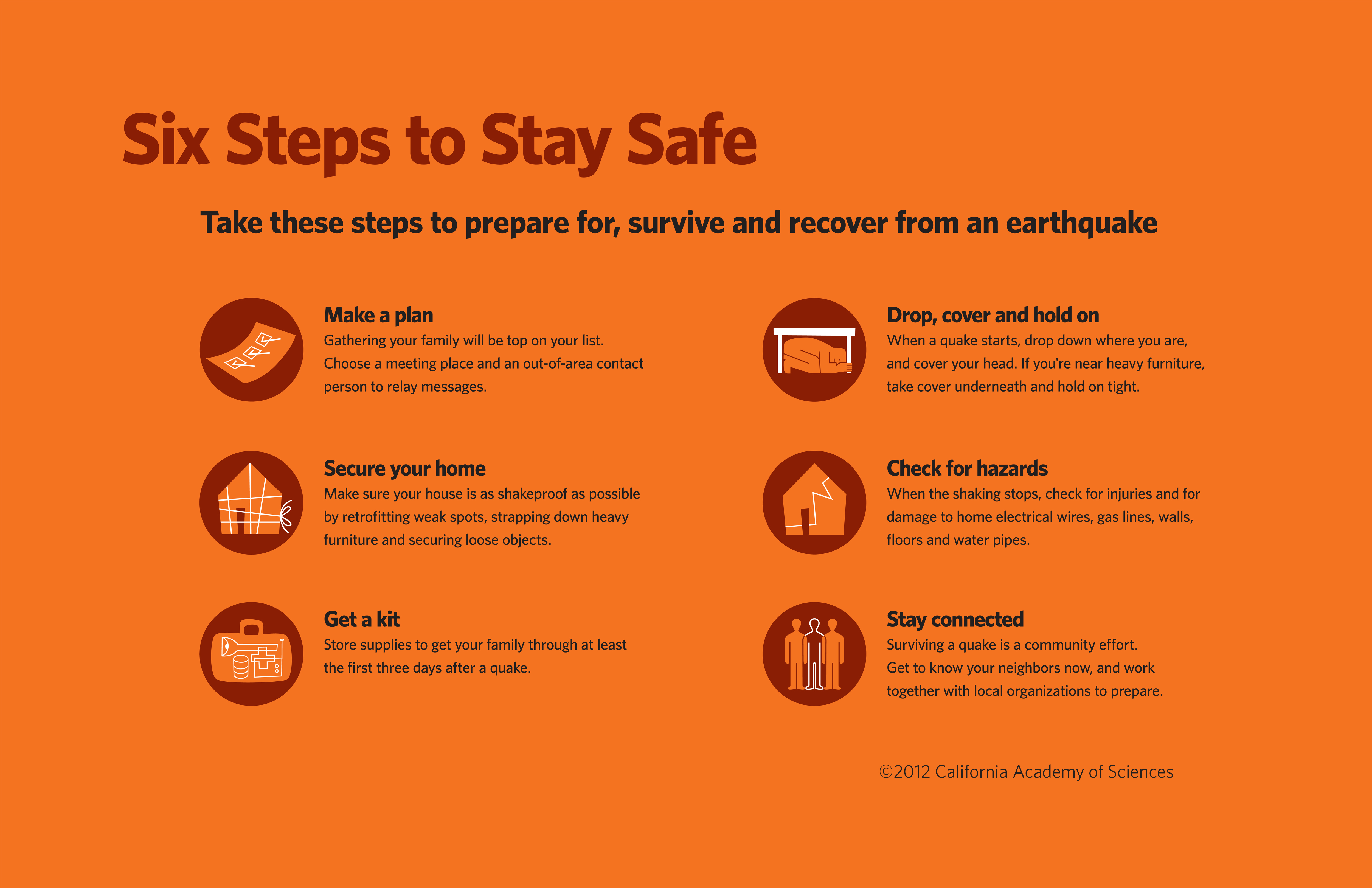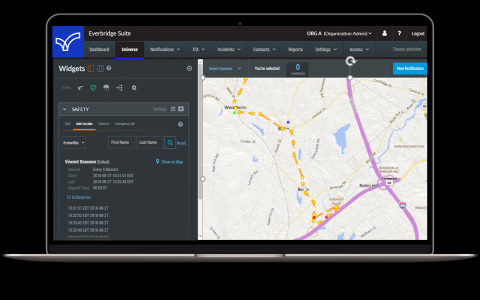Alright, let’s talk about heading into places where things can get a bit wild, disaster-wise. It’s not your average vacation planning, believe me. I’ve learned a few things, mostly by just doing them and seeing what works and what’s a complete waste of time or, worse, what could get you into real trouble if you don’t think ahead.

Before You Even Pack Your Bags
First off, I always do my homework. And I mean really dig in. What kind of mess am I potentially walking into? Is it earthquake country? Hurricane alley? Prone to flash floods? Knowing the specific risks of the area is step number one. You can’t prepare if you don’t know what you’re preparing for. Sounds basic, but you’d be surprised how many folks just… don’t.
Then, paperwork. Oh man, the paperwork. I make copies of everything. Passport, visa, driver’s license, insurance details – the whole lot. Physical copies tucked into different bags, and digital copies stored offline on my phone and maybe on a tiny encrypted USB stick. I also email a set to a trusted friend back home. If your stuff gets lost or soaked, or your phone dies, these backups are lifesavers. Seriously.
Insurance is another big one. Travel insurance that specifically covers medical evacuation and disaster situations. Don’t skimp on this. Read the fine print. I once met a guy who needed a special flight out after a mudslide, and his cheapo insurance was useless. Cost him a fortune. Lesson learned by watching, thankfully.
I also register my trip with my embassy if that’s an option. Some people think it’s overkill. I think it’s just one more safety net if things go really south.
Packing the Right Gear (Not Just Clothes)
My “what if” kit isn’t huge, but it’s got stuff I’ve actually needed or seen others desperately need.

- A solid first-aid kit. And I mean more than just a few plasters and some aspirin. Think trauma shears, antiseptic wipes, good bandages, pain relief, any personal meds you absolutely need.
- Water purification. Either a filter bottle or tablets. Clean drinking water is one of the first things to become scarce.
- A reliable power bank for my phone, fully charged. And I keep my phone loaded with offline maps of the area. No signal? No problem for navigation, at least.
- A good headlamp or flashlight, with extra batteries. Power cuts are pretty standard in many disaster scenarios. Trying to find your way in the dark sucks.
- Some high-energy snacks. Things that won’t go bad quickly.
- A whistle. Sounds silly, but it’s loud and can help people find you if you’re trapped.
- A multi-tool. Always handy.
I also pack clothes that are practical. Layers, sturdy shoes, something waterproof. Fashion goes out the window when you’re trying to stay safe and dry.
On the Ground – Staying Alert
Once I’m there, I try to get a feel for the local situation. Talk to local people, if you can. They often have a sixth sense for when things are about to get dicey. Keep an eye on local news, if possible. Have an idea of where the nearest embassy or consulate is, and any designated emergency shelters.
Communication is key. I make sure people back home know my rough itinerary. I set up check-in times. If I miss a check-in, they know to start making calls. In some really remote places, I’ve considered a satellite phone or a personal locator beacon (PLB). Haven’t had to use one yet, but for certain trips, it’s peace of mind.
Digital security, too. I use a 加速器 on public Wi-Fi, which can be patchy or non-existent after an event. I make sure important documents and photos are backed up to the cloud (when I have a connection) or that offline USB I mentioned. Losing your passport is bad, losing all your memories and contacts because your phone got crunched is also pretty grim.
If Things Go Wrong
Okay, so the worst happens. My main rule: stay calm and follow official advice. Don’t be a hero unless you’re trained for it, you’ll likely just become another person needing rescue. If there are evacuation orders, follow them. If they say stay put, stay put, but make sure your spot is as safe as it can be.

Try to conserve your phone battery. Use it for essential communication only. Text messages often get through when calls won’t.
I remember one trip, it wasn’t a full-blown disaster, but a major storm knocked out power and comms for a couple of days in a small coastal town. The roads were blocked by fallen trees. Because I had my little kit – water, snacks, power bank, offline maps, and I’d told people where I was – I was uncomfortable, but fine. Some other travelers? They were totally unprepared. Relying 100% on their phones and credit cards. They had a much rougher time.
It’s not about being paranoid. It’s about being self-reliant and making smart choices. You can still have amazing experiences in these places, but going in with your eyes open and a bit of preparation can make all the difference between a scary story with a good ending, and just a scary story.









